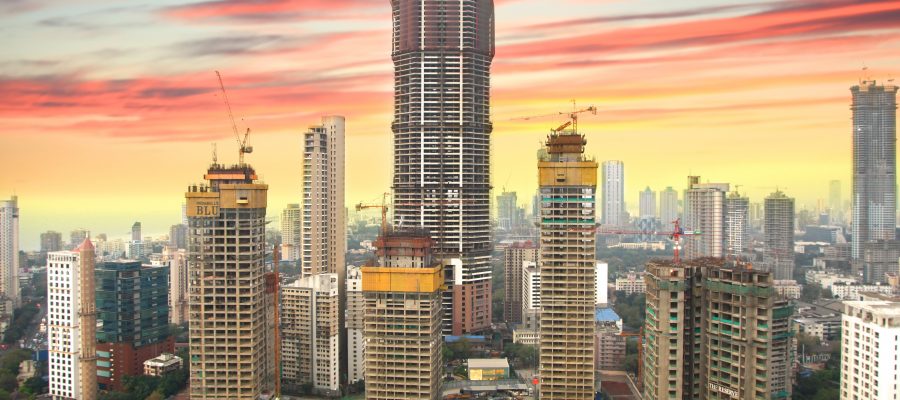For the second year in a row, an Indian metropolis has been ranked as the fastest-changing city in the world, according to real estate behemoth JLL’s annual City Momentum Index. The nation’s two leading tech hubs, Hyderabad and Bangalore, took the top two spots. Four out of the top five cities were Indian, with Pune and Kolkata coming and #4 and #5, respectively. Tier One heavyweights Delhi, Chennai, and Mumbai also all placed in the top 30.
The report, which tracks the pace of change of a city’s economy and real estate sector by examining factors ranging from commercial property absorption to demographic changes, lauded India’s demographic and economic growth, as well as government efforts to attract international investment and improve the nation’s infrastructure. This aggressive approach has yielded outsize results, with India named as the world’s fastest-growing major economy in 2018. Indeed, the South Asian powerhouse is predicted to be a $6 trillion economy by 2028, overtaking industrialized nations like Japan and Germany.
What is driving this remarkable growth? In a nutshell, demographics, urbanization, and innovation. India, with a median age of 27, is a very young country. When combined with the second-largest population in the world – 20% of the world’s workers live in India – and a frenetic pace of urbanization, the nation’s dominance of JLLs annual index ceases to be a surprise. On top of this, the Indian economy is increasingly dynamic and diversified, with a vibrant tech industry and a booming real estate sector.
Ten years ago, India was often thought of as a call center hub, an outsourcing bastion and nothing more. Today, as JLL’s report makes clear, the Elephant of South Asia is swiftly becoming an economic powerhouse in its own right – one that the savvy investor would be wise to consider adding to their portfolio. The Indian real estate market, especially, is likely to prove lucrative for years to come, as 300 million people flood into India’s cities over the next 30 years. As markets in developed nations continue to become more expensive and stagnate, the Indian growth story truly is the opportunity of a generation.
